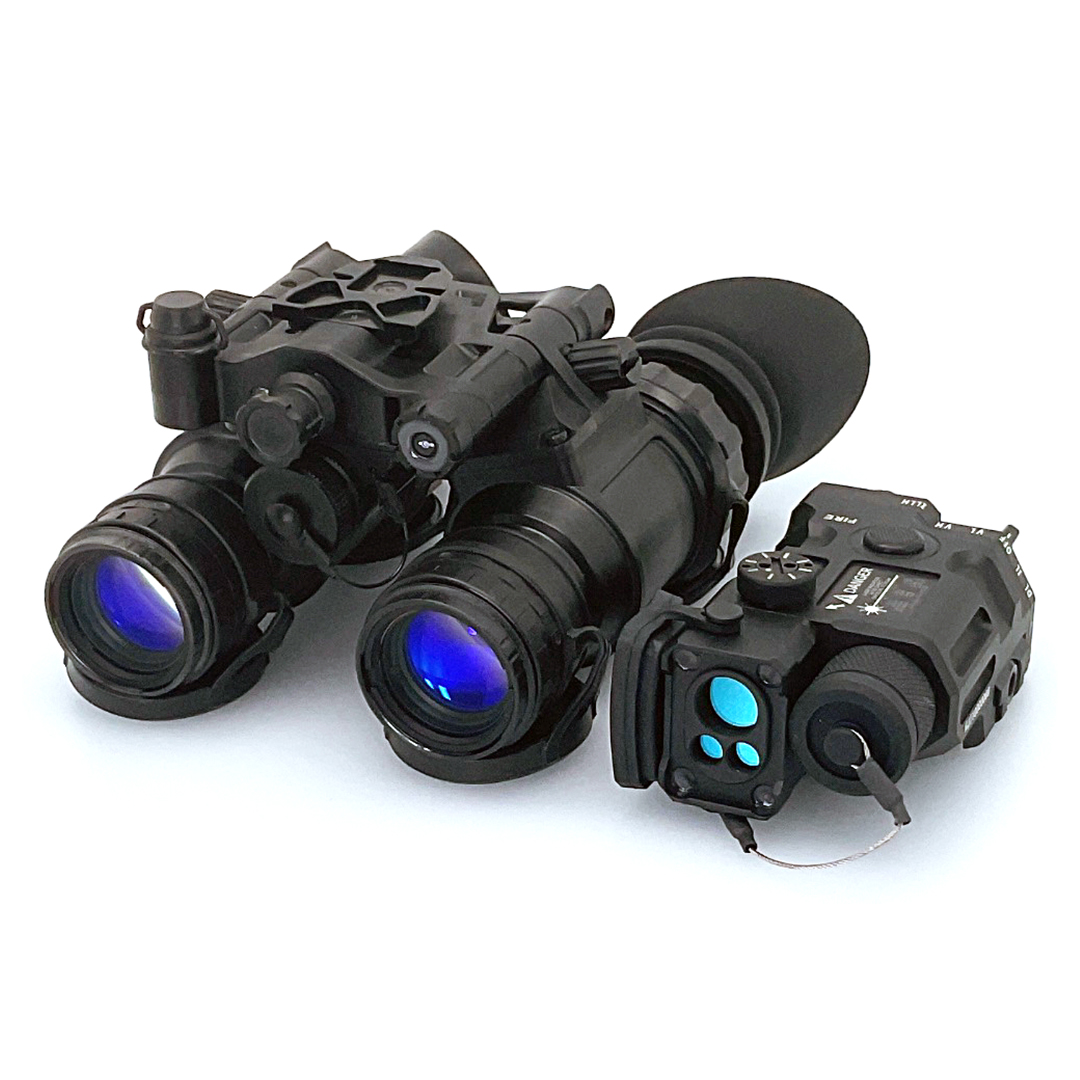
Football is a physically demanding sport that requires athletes to wear proper protective gear to ensure their safety on the field. Among the essential pieces of equipment is the football girdle, which provides additional protection to key areas of the body. When it comes to selecting the right football girdle, there are several factors to consider, including fit, padding, material, and personal preference. In this article, we will provide a comprehensive guide to help athletes choose the right football girdle that suits their needs and maximizes their performance.
- Fit: One of the most crucial factors to consider when choosing a football girdle is the fit. A properly fitting girdle should provide a snug and comfortable feel without restricting movement. It should fit securely around the waist and thighs, preventing the girdle from shifting during intense physical activity. It is recommended to try on different sizes and brands to find the perfect fit, as sizing can vary across manufacturers.
- Padding: The padding in a football girdle is designed to absorb impact and reduce the risk of injuries. When selecting a girdle, pay attention to the placement and thickness of the padding. Key areas to consider are the hips, thighs, and tailbone. Look for girdles that have padding in these areas to provide optimal protection. Additionally, some girdles offer the flexibility of removable pads, allowing athletes to customize the level of protection based on their specific needs and preferences.
- Material: The material of the football girdle plays a significant role in comfort and performance. Look for girdles made from breathable and moisture-wicking fabrics, such as polyester or nylon blends. These materials help to keep athletes cool and dry during intense physical activity by wicking away sweat and moisture. Additionally, consider girdles with flat seams to minimize chafing and irritation.
- Design and Features: Consider the design and features of the football girdle to ensure it meets your specific requirements. Some girdles come with built-in compression shorts, providing additional support and muscle stabilization. Compression shorts can aid in reducing muscle fatigue and enhancing performance. Additionally, check for waistbands with adjustable closures to ensure a secure and comfortable fit. Some girdles also feature mesh panels or ventilation zones to enhance breathability and airflow.
- Durability: Football girdles are subjected to intense physical contact and regular washing, so durability is a crucial factor. Look for girdles made from high-quality materials and reinforced stitching to withstand the rigors of the game. Read product reviews and seek recommendations from fellow athletes or coaches to ensure that the girdle you choose is durable and long-lasting.
-
Brand and Price: While brand and price should not be the sole determining factors, they can provide insights into the quality and reputation of the girdle. Established brands often have a track record of producing reliable and high-performing gear. However, newer brands may offer innovative designs and technologies. Consider your budget and weigh the features and quality offered by different brands to make an informed decision.
- Personal Preference:
Ultimately, personal preference plays a significant role in choosing the right football girdle. Athletes have different preferences when it comes to the style, fit, and feel of their gear. Some may prefer a tighter fit for added compression and muscle support, while others may prefer a looser fit for more flexibility and mobility. Consider your own comfort and preferences when making a decision.
It is also beneficial to seek input from coaches, teammates, or experienced players who have previously used different football girdles. Their insights and recommendations can provide valuable information and help narrow down your options.
Lastly, it is essential to regularly assess and evaluate your football girdle’s condition. Over time, the padding may wear down, and the fabric may lose its elasticity. Regularly check for any signs of damage or deterioration and replace your girdle if necessary to ensure maximum protection.
In conclusion, choosing the right football girdle is crucial for athletes to ensure their safety and enhance their performance on the field. Consider factors such as fit, padding, material, design, durability, brand, and personal preference when making a decision. A properly fitting and well-designed girdle with adequate padding and moisture-wicking properties can provide optimal protection and comfort during intense physical activity. Selecting the right football girdle is an investment in your safety and performance, and taking the time to research and find the perfect fit will undoubtedly benefit you in the long run.








